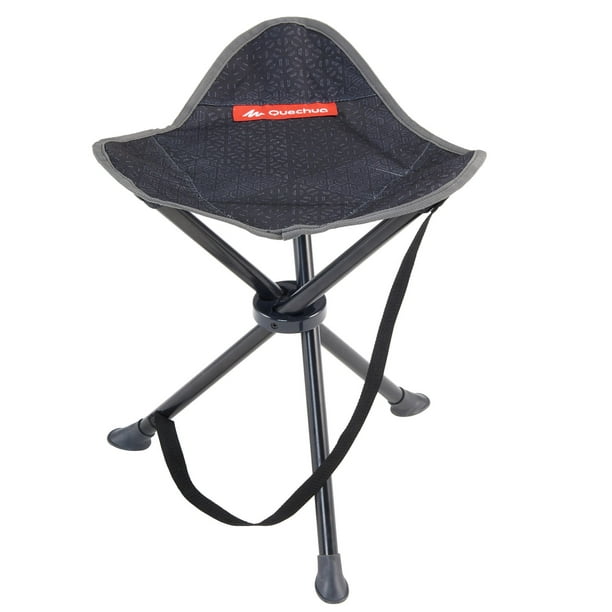When we are young, time is our friend. We grow taller, we get stronger, we learn how to prosper. But eventually -- for everyone -- time becomes a determined and implacable foe. Sadly, that bad old dude has now turned against me.
Back in 2011 I wrote about my experiences with supraventricular tachycardia, an arrhythmia of the heart that is especially common among endurance athletes. I first learned that I had it in 2004 so I've now had eighteen good years of continuous fitness. But now the SVT has become atrial fibrillation. Fortunately, it is almost entirely asymptomatic, except that my heart-rate does tend to spike high enough during exercise that I get a little frightened.
When times change, it's necessary to change with the times. Almost the first thing I did when I noticed this fibrillation is order an e-bike conversion kit. Scaling back on biking is possible; quitting is not!
Shopping for e-bikes is a blast, and I've actually been attracted to them for a number of years. The latest road e-bikes by Cannondale, Trek, and Specialized are wonders. They let you ride an e-bike that is so beautifully designed nobody can even tell it is an e-bike. But they are costly and so intricately manufactured that repairs must be a nightmare. I've spent enough years working on my own bikes that I really appreciate having them easy to fix.
When both performance and ease of repair are the top priorities, a mid-drive e-bike conversion kit becomes the obvious choice. At the moment Bafang and Tongsheng are the key players in this segment of the market. The Bafang kits have a little more power and begin to resemble electric motorcycles at times. The Tongsheng kit has a peddle-assist technology that makes riding the electric bike quite like riding a regular bike -- albeit with bionic legs.
Here is a photo of the Tongsheng TSDZ2 mid-drive conversion kit that I bought:
You can see the very hefty (and ugly) battery on the left, then the motor and computer display, then the cranks and speed sensor (along with a few parts I did not use).
Now here is a photo of the full installation on my gravel bike:
Except for the bulky battery, the bike looks about the same as always. And I'm not going to complain about that battery. So far, I have ridden over 40 miles and the charge indicator has only now started to drop. I'm hoping to see if it will go 100 miles before re-charging. If so, I'll be impressed and amazed.
What's it like to ride this e-bike? It's fun. The bike feels almost the same, but the multiple levels of power assist help me up the hills. I'm still getting some decent exercise, but I'm reassured to have "turbo mode" waiting in the wings in case my heart hits overload.
I'll conclude with a few links to YouTube videos that I found useful:
Update 2/12/22: I've now ridden my e-bike about 200 miles and have a few preliminary thoughts. (1) The power assist is very smooth. In Eco mode I get just enough help to cruise on relatively flat roads and up hills of 10% or so. In Tour mode I feel as if I have bionic legs, but I'm still clearly riding a bike and getting good exercise. I rarely use Speed mode and Turbo (mostly because I am out there to get some exercise and not to go fast), but Speed mode reaches the kinds of speeds that I used to achieve during a hard time trial and does so with the same amount of work as in Eco mode. Turbo mode is just what it implies -- a nice rush of speed and excitement with relatively little effort. (2) Using the E-bike has forced me to change some of my basic cycling habits. Because the pedal-assist is triggered by pressure on the pedals, I've had to develop a slower, smoother cadence -- and I have to remain seated all the time. The second point is a huge change for me. I was a climber and loved to stand on the pedals while stomping up steep hills. Now I need to remain seated, shift into a gear that keeps my cadence down, and let the motor pull me up. I'm still working harder than on the flats, but I can keep my heart-rate under 160! (3) The honking big battery on my bike is heavy (8.5 pounds) but the total weight of the e-bike (41 pounds) is still ten pounds less than the weight of similar Trek bikes. I've gone more than 70 miles on a single charge and still had plenty of charge left for another 30 miles or so. (4) I can easily remove the battery to put the bike in the back of the car or to use the bike as a normal ride.










